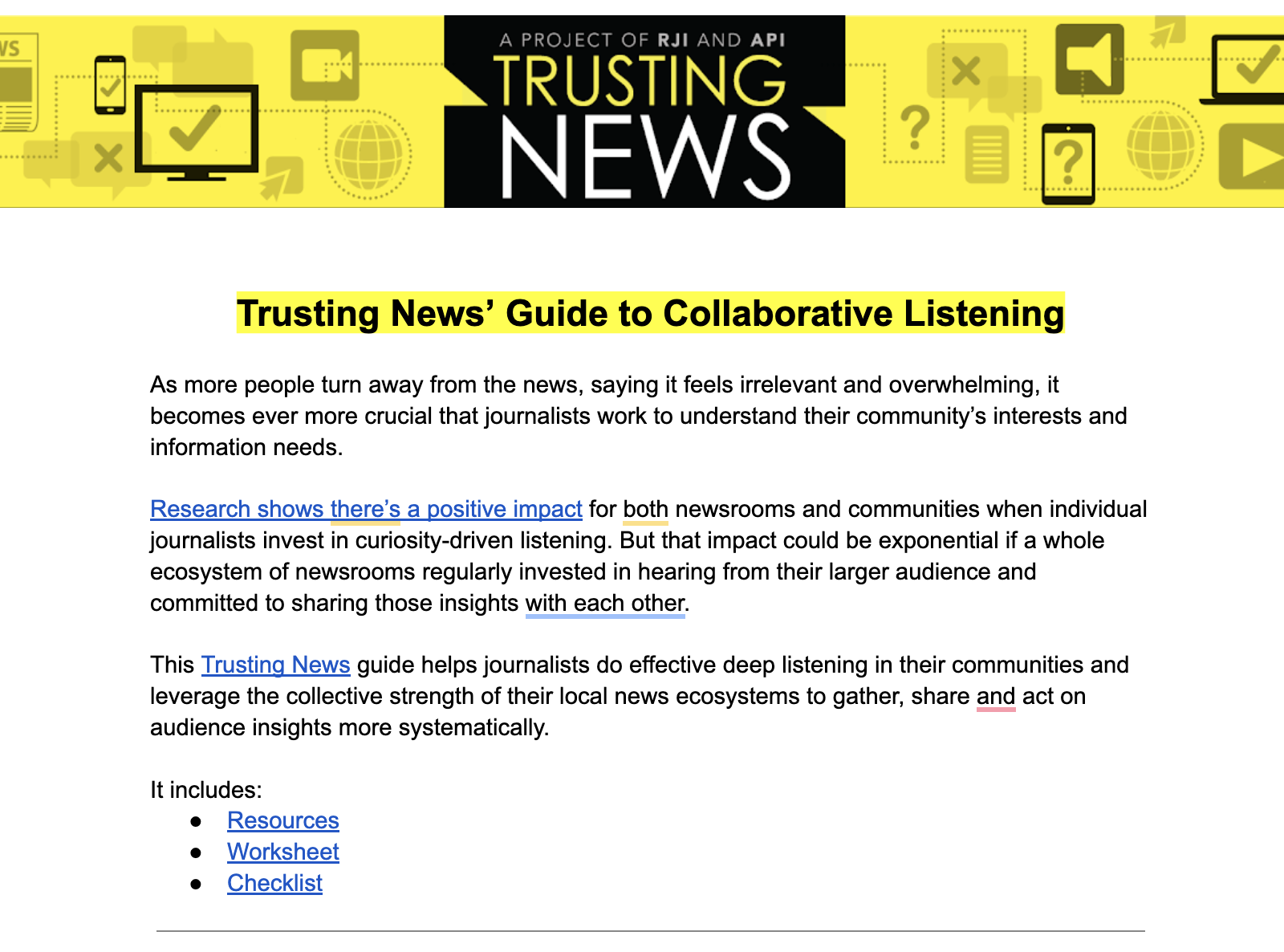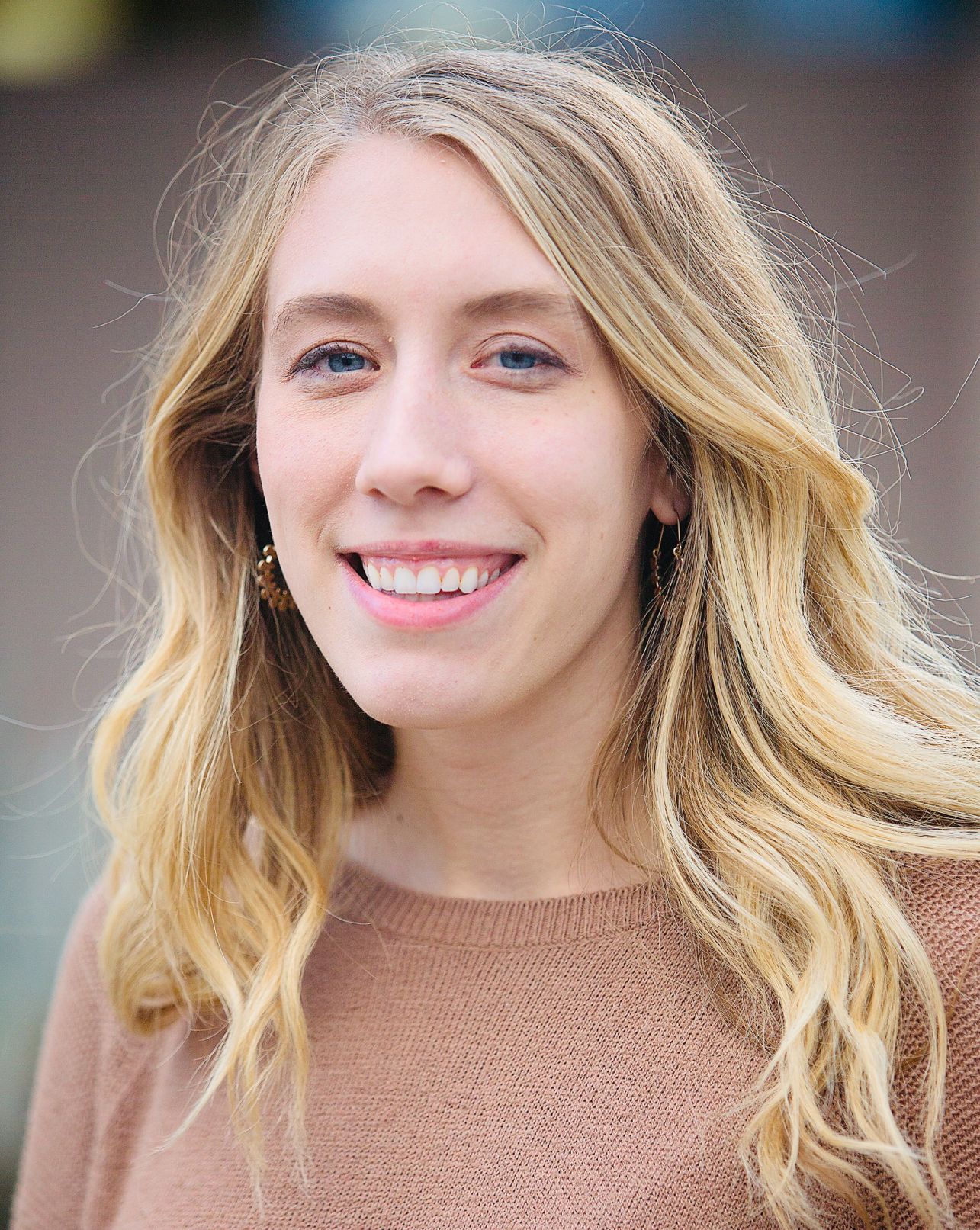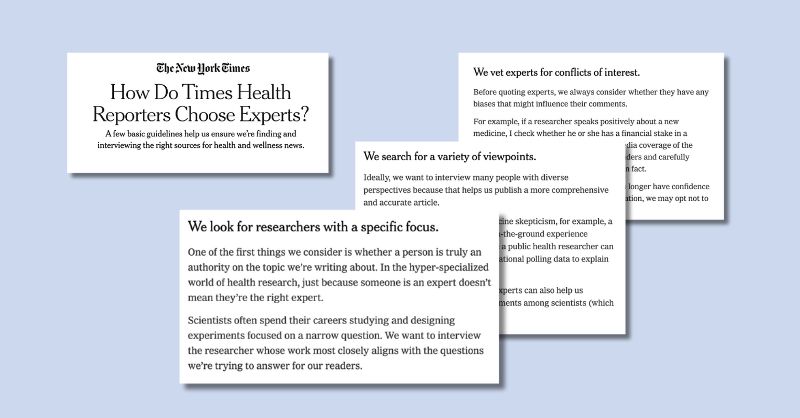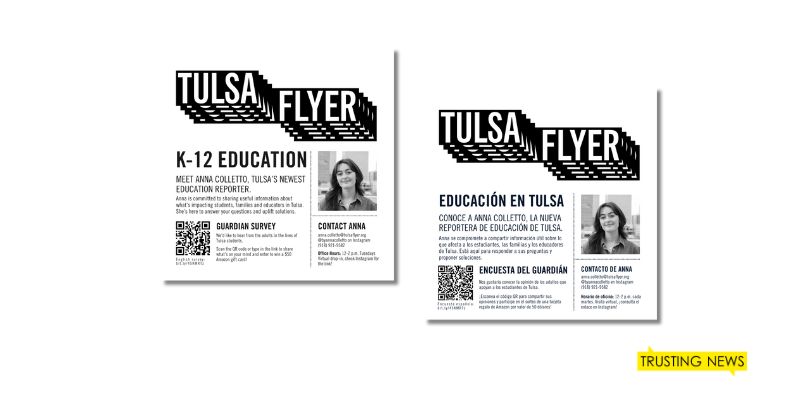
This weekly Trust Tips newsletter shares quick, actionable tips for how journalists can earn and sustain trust. Subscribe to get it in your inbox at trustingnews.org/newsletter.
Journalists, collaborate to better understand your community
Want to get this Trust Tips newsletter in your inbox each Tuesday? Subscribe here.
Listening is one of the simplest, but most powerful, tools journalists can use to understand the communities they aim to serve.
Despite this, it often falls low on newsrooms’ priorities lists, with journalists I’ve worked with citing a lack of time or buy-in as reasons why they don’t invest in the work. Yet research shows that when journalists really commit to hearing from people who don’t feel served by the news, it can greatly boost people’s trust in news while also helping journalists better understand how to reach and serve those people.
We’ve been exploring what it could look like if an entire ecosystem of newsrooms committed to better understanding their larger communities. We’ve already seen in places like Oklahoma and Pittsburgh how ecosystem-level engagement can deepen journalists’ understanding of the public’s needs.
Imagine the exponential impact if multiple newsrooms in your area invested in regularly hearing from your larger community — and then committed to sharing those insights with each other.
In today’s Trust Tip, we’re sharing some steps and resources for how you could kick off this type of collaborative listening. (This builds on my recent presentation at the Collaborative Journalism Summit in Denver.)
5 steps for collaborative listening
- Picture who is missing? When you look at your audience, who in your community is not represented there? Who would you like to be reaching more? Get specific when thinking about how these groups are or aren’t reflected in: your coverage, your sourcing and your audience.
- Identify your collaborators. Who in your area shares similar goals? Your collaboration might end with others in your newsroom, and that’s still valuable. But think about how you could expand beyond your own news organization. This could include other news outlets, and you might also consider collaborating with other trusted messengers or institutions in your area. That could look like partnering with a local organization, a community leader or even a content creator.
- Ask questions focused on people’s needs. Instead of focusing on gathering feedback specific to your coverage, focus your listening on getting curious about the news consumer. Use the questions in our Community Interview Guide to ensure you’re centering your listening on understanding people’s news needs. Use the time to really hear their concerns, not necessarily defend your work.
- Collect what you hear. As you collect insights, share them back with everyone involved. The goal is for coverage to change based on what is learned. Find the best way to both share highlights with your colleagues AND to surface relevant insights when specific topics are raised. To help, we created a Google Form you can copy and use to help gather insights after one of these conversations. But think about what format (a google doc summary? a Slack channel?) would help make the insights accessible to your collaborators.
- Let what you hear spur change. The information you learn is only helpful if it leads to change, whether that be changes in your mindset or changes in your coverage. And if you make changes based on what you hear from the audience, be sure to reach back out and let them know. If people invest in having a conversation with you, they’ll likely be curious about what comes of it.
We have more detailed help in this Collaborative Listening Guide, including a checklist for collaboration as well as a worksheet to get you started. You’ll find this guide is simple on purpose! Our goal isn’t to overcomplicate this. Unlike other collaborations, gathering insights doesn’t necessarily need to involve sharing content or any exchange of money. The only necessary components are a desire to better serve and understand your community and a willingness to prioritize scaling your listening efforts over any sense of competition.
Resources to help
Below, we’re sharing a few resources from Trusting News and beyond to help you start collaboratively listening in your community. For even more resources and specific newsroom examples, check out our Listening Trust Kit.
- Trusting News’ Community Interview Guide will lead you through how to have one-on-one conversations with community members. It also includes guidance on how to find people to talk to.
- We created a Google Form template you can copy to help you collect data and standardize your community listening across a newsroom or entire ecosystem.
- The Reynolds Journalism Institute’s Collaboration ToolKit is a detailed guide on how journalists can collaborate, and the Listening Post Collective also has a great guide for how to listen to specific communities.
- If you want to collaborate beyond other news outlets, API has a guide for partnering with community influencers and trusted messengers.
We’re here to help!
We’re always excited when journalists reach out for help on how to listen to their community. If you have questions, concerns or could use some brainstorming help on how to kick this off in your community, respond to this email! We’d love to support you in this work.
At Trusting News, we learn how people decide what news to trust and turn that knowledge into actionable strategies for journalists. We train and empower journalists to take responsibility for demonstrating credibility and actively earning trust through transparency and engagement. Learn more about our work, vision and team. Subscribe to our Trust Tips newsletter. Follow us on Twitter, BlueSky and LinkedIn.

Project manager Mollie Muchna (she/her) has spent the last 10 years working in audience and engagement journalism in local newsrooms across the Southwest. She lives in Tucson, Arizona, where she is also an adjunct professor at the University of Arizona’s School of Journalism. She can be reached at mollie@trustingnews.org and on Twitter @molliemuchna.



